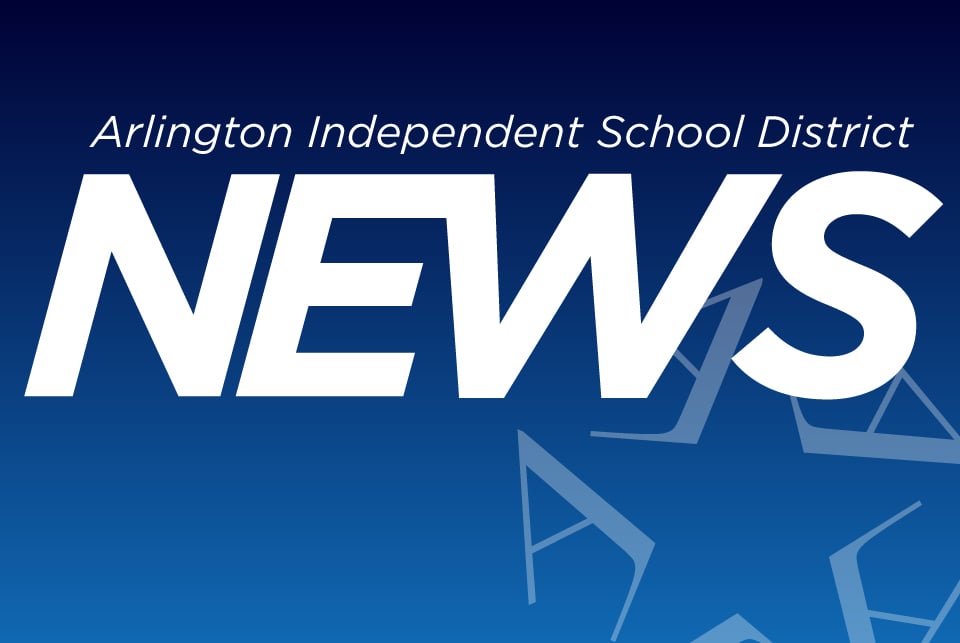
After 50 Years Thornton Elementary Getting A Makeover
Building a new school takes a lot of planning. School buildings are designed and built to last 50 years or longer and play an integral role in the educational journey of tens of thousands of students. Its impact will be felt not only by students but also by teachers, families, neighborhoods and the entire community. Getting the design right is essential.
To that end, the Arlington ISD is putting a lot of effort into the design process for the future Thornton Elementary. The current building, built in 1956, is going to be torn down and replaced with a new building as part of the 2019 Bond program approved in November 2019.
It Takes a Village
To get the design process started, the district and the future building’s architect, Corgan, is holding a series of design charrettes. Last week, the second charrette was conducted via Zoom and included Arlington ISD administrators, Thornton staff and a team of Corgan architects. The third meeting will come later this month and include key faculty and student ambassadors. The fourth meeting, scheduled for the first week of June, will include parents and other community members.
The charrettes – interactive, conversational meetings – are intended to set the vision for the future Thornton and help the architects better understand the needs and desires that the district and the Thornton community have for the new campus. It’s really a pre-design phase that develops the concept and model for the school that the architects will then infuse into the schematic design.
The vision for Thornton will encompass both the district’s goals for the future and the culture and aspirations that Thornton already has.
Future Learning
Dr. Steven Wurtz, Arlington ISD chief academic officer, explained in the second charrette that the building should promote an environment that gives students the opportunity to be intentional in their learning.
“We want students to have greater ownership of their learning process, the pace at which they go, the things they dive into and the way they demonstrate their learning,” Wurtz said.
That kind of building will need flexibility in its spaces and furnishings to match the evolving educational landscape and allow for different types and styles of teaching and learning. It will also need to offer spaces that foster creativity and collaboration.
Culture, Creativity, Collaboration
In the first charrette on April 30, the Corgan architects reviewed lessons learned from the Arlington ISD’s four newest elementary buildings – Adams, Patrick, McNutt and Peach – and began to gather feedback from the district and Thornton principal Alicia Rodriguez about the goals they have for the future campus. Rodriguez also discussed the culture on the current Thornton campus and the types of programs and activities that are prominent.
Corgan’s architects compiled that information and combined it with data gathered from a Thornton staff survey. Then, at the second charrette last week, they presented their findings to Arlington ISD administrators and Thornton staff and offered three design goals for the new Thornton.
Design Goals
The design goals include:
Learning rich environment – This means having a school with active, flexible learning spaces that promote collaboration. The learning in the building should be on display for everyone to see, and the school should have a strong connection to the outdoors.
Strong identity – The new campus should support the vision of the Arlington ISD and foster community pride. It should reinforce and build on the strong culture that Thornton has built over the last 50-plus years.
Community support – The new building should provide assembly spaces for parents and offer opportunities for parent engagement and education, along with spaces for extracurricular activities for students.
Much of the discussion in the meeting then focused on four prominent themes that emerged from the staff survey, including:
Community spaces – spaces that help engage parents
Teacher support – spaces for teachers to work and break
Collaboration – spaces that promote collaboration among students and teachers
Outdoor connection – spaces that afford daylight and good views and promote learning.
Finally, the discussion shifted to the Thornton site and touched on issues like traffic, pedestrians, accessibility, trees, parking and site layout.
As the meeting ended, Kelly Horn, Arlington ISD executive director of facility services, thanked everyone in attendance and expressed the importance of input from the teachers and principals.
“For the teachers on the call, your help and your involvement is critical,” he said. “You all had some great feedback.”
As the design charrette process continues, students and parents will be invited to participate as well. The vision for Thornton will continue to develop, and soon the architects will be able to formulate the first basic building designs.
Thornton is just one of three schools currently in the pre-design charrette process. Webb Elementary and Berry Elementary will also be torn down and rebuilt as part of the 2019 Bond and are currently in the pre-design charrette phase. Read about Webb’s third charrette.
